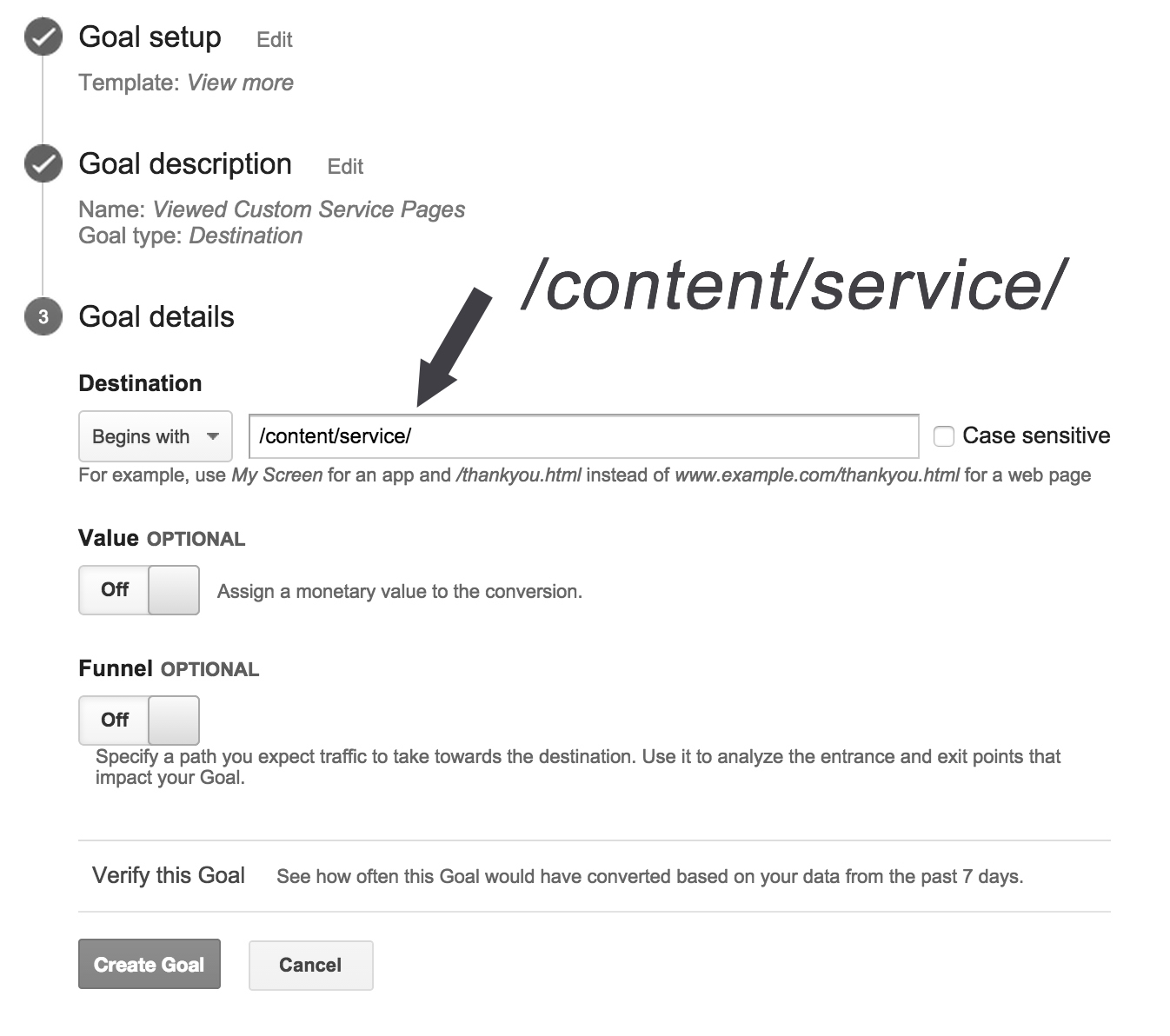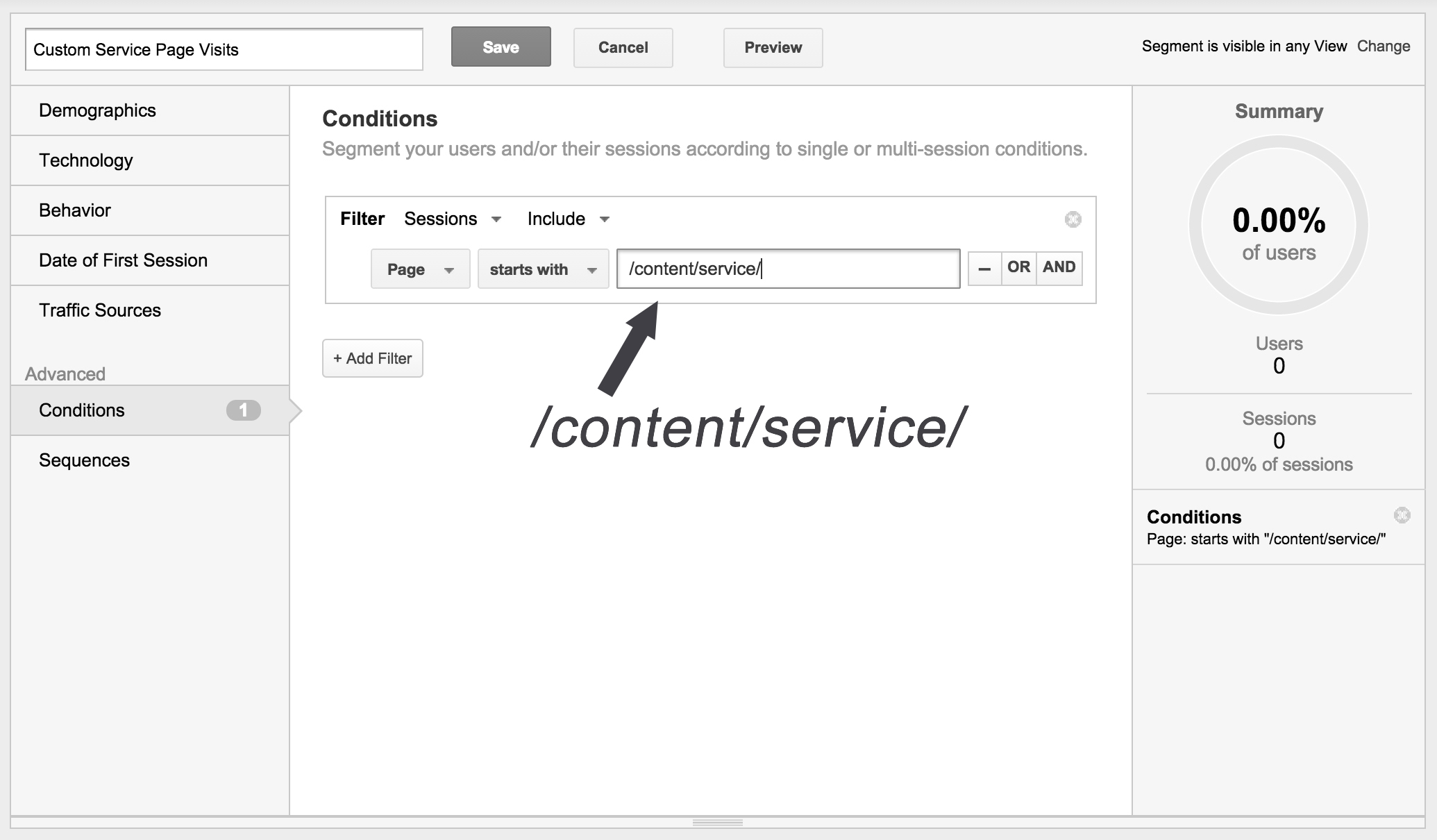It is extremely important you understand that if you can’t track the ROI of your Search Engine Optimization (SEO) and content writing investments, your manager(s) will likely pull the money from the budget for these services.
It is equally important to face the reality that you will likely change or upgrade website technology in the next few years so you must protect your original content investments. The only way to easily track the ROI of your earned media strategies is to organize where the content is published on your website.
I am suggesting that you create a small number of directories on your website that will contain your customized web pages that have been created for marketing campaigns and SEO strategies. If all the content is properly organized, when you change or upgrade website technology, it will be very easy to move the custom pages to the next platform.
You can advise the website provider to transfer over all pages in your sub-directory folders. You will able to inspect the cutover because you can simply count the number of pages in the old sub-directory and compare it to the number of pages in the new sub-directory.
Here are some suggestions for the content directory structure:
/content/sales/ all content pages for sales
/content/service/ all content pages for service
/content/specials/ all pages used for sales & specials
Most every professional Content Management System (CMS) on the market will allow you to create a customized directory structure for your content. Consult with your website provider on a structure that does not conflict with their existing site design.
Organization Helps Track ROI
The second reason for creating content directories is so that you can create Google Analytics goals to trigger when a consumer visits a page in your custom content directories. Wouldn’t it be nice to create a report that shows how many visitors, SRPs, VDPs, and leads were triggered through your SEO and content efforts?
The reason for needing these directory structures may not be obvious right now, but when you think about tracking dozens of custom website pages, randomly created and published on your website, it is nearly impossible to create a goal that traps activity on these pages.
However, if all the service pages were placed in a directory called /content/service, then you could trigger a simple goal that incremented when any page in that directory was viewed by a consumer. Do you see the simplicity in this recommendation?
Here is an example of how you would set a goal to increment any time a consumer viewed a custom service page, in the directory structure I recommended:
With all your custom content in an organized directory structure, you can also create Google Segments to plot the number of custom content pages viewed each day by consumers. You will be able to document if your custom content investments are generating more incremental traffic over time.
Using both goals and segments, you will be able to show the quality of traffic that is being generated by your custom content strategies. If you wanted to go one step further, you could add dynamic phone numbers to your pages in this directory to track the phone calls that were generated, in addition to lead forms.
Summary:
If you are investing in custom content you better have a more accurate way of measuring the ROI of that investment and protecting your content when you switch website providers.
I hope you found this article helpful, and if you did, please share this article on your social media channels and with the members of your 20 group. A full discussion on customizing Google Analytics for automotive dealer websites can be found in my book “Mastering Automotive Digital Marketing.”











